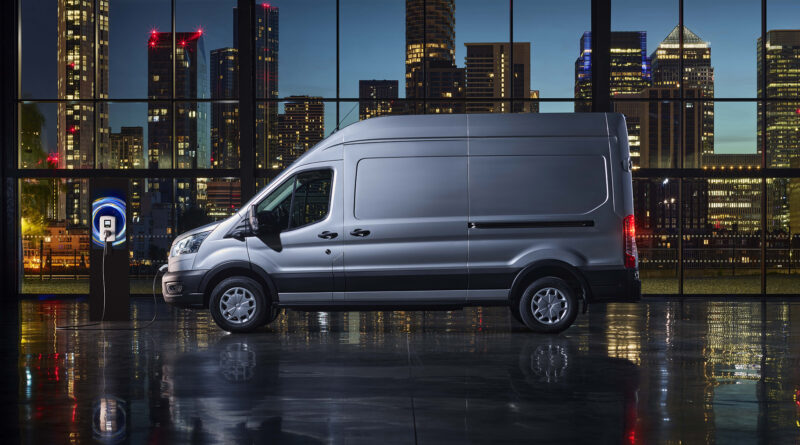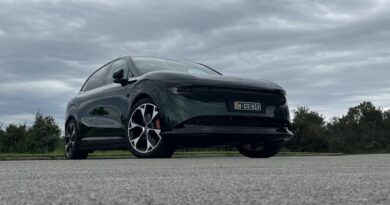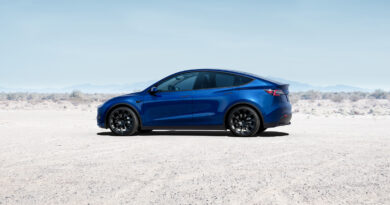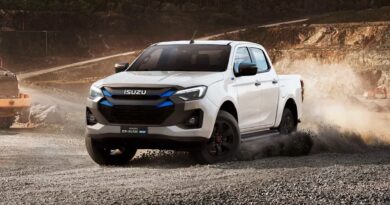Ford E-Transit locked in for Australia in mid-2022
Ford has confirmed the electric version of the Transit van – called the E-Transit – will kick off its EV journey in Australia from mid-2022.
The all-electric version of the popular delivery van is one of five electrified vehicles – both hybrid and battery electric – promised for launch in Australia by the end of 2024.
While Ford has now confirmed the E-Transit and delayed Escape PHEV, it is so far not talking about the other three electrified models, although one is tipped to be the Mustang Mach E.
READ MORE: 5 Ford EVs coming to Australia by late 2024, Mustang Mach-E expected … eventually
Instead, the focus is on the “no compromise” E-Transit, which promises lower running costs and less servicing downtime than an ICE-powered Transit.
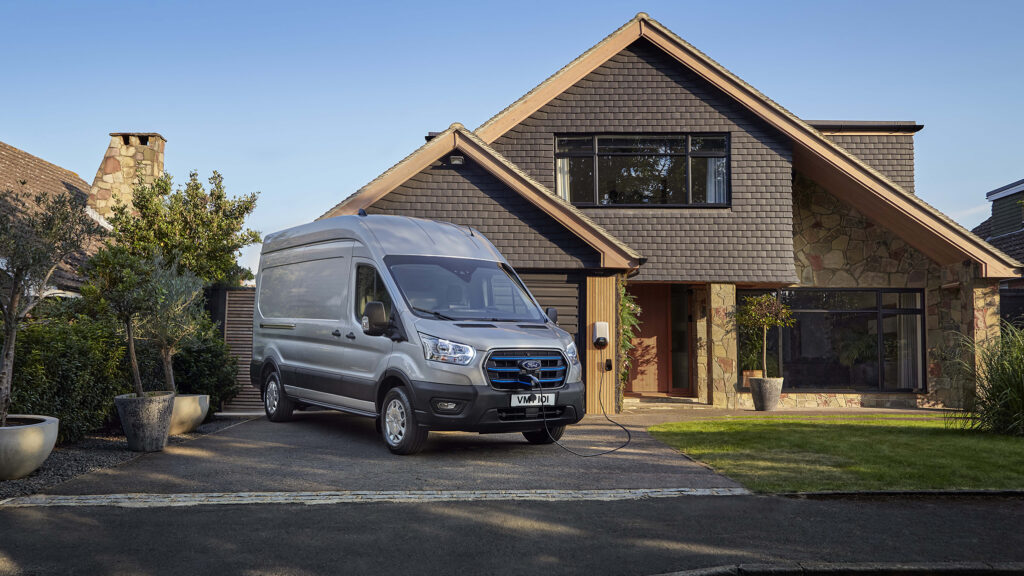
“We are accelerating our electrified future in Australia,” said Andrew Birkic, president and CEO of Ford Australia.
“For business customers, E-Transit delivers the durability and capability they need to serve their customers, along with zero-emissions efficiency.”
A recent survey conducted by market research firm YouGov of 1000 customers and businesses found that 58 percent saw “electric vehicles becoming an integral part of their fleets” and that 63 percent of consumers wanted businesses to use more environmentally friendly fleet vehicles.
“We know that many businesses are looking to make the switch to electrified vehicles, and that’s backed up by increasing interest from consumers and growing support from government,” said Ford Australia policy director Elly Haug.
The E-Transit uses the same body as a regular Transit but gets a unique independent rear suspension system to account for placement of the batteries in the floor.
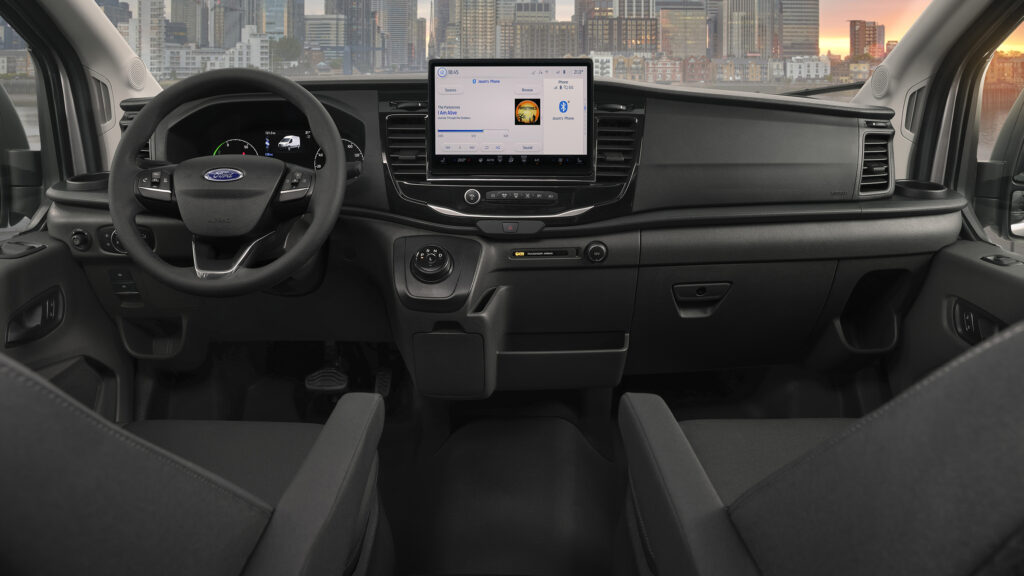
It will be offered in the mid-roof and high-roof body styles, but not as a low roof version.
And the E-Transit will have the same interior volume as the diesel-powered model that is badged Transit 350L. That means 11.3 cubic metres in the mid-roof model and 12.4 cubic metres in the high roof.
The load area is about three centimetres higher than the regular model.
The payload of the E-Transit is 1616kg, which compares with between 1055kg and 1213kg on the regular 350L model.
The E-Transit is powered by a single 198kW/430Nm electric motor driving the rear wheels, making it the most powerful Transit available. At around 2.7 tonnes it’ll also be one of the heaviest Transits.
Adjustable regenerative braking and available single-pedal driving is part of the driver-configurable modes, which include Normal, Slippery and Eco.
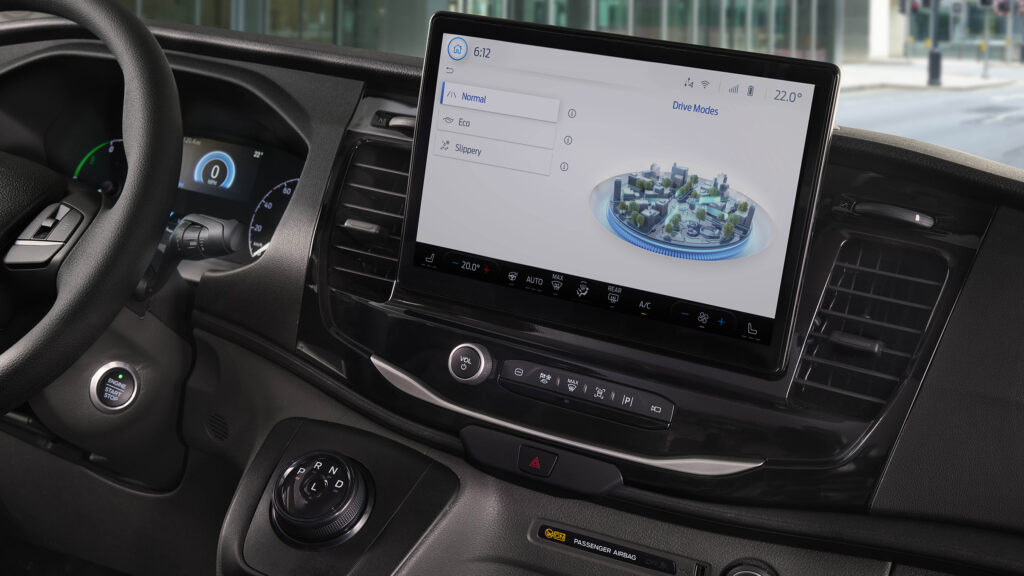
Cabin temperature can be pre-heated or cooled remotely as part of increased connectivity that also includes a 12-inch touchscreen.
The unladen range is claimed at 317km according to the WLTP cycle, which Ford says is two-and-a-half times the average distance covered by a commercial van. Clearly adding weight to it will reduce that range.
“E-Transit has more than enough range for a full day’s work, can fully charge overnight so it’s ready for the next morning and there’s no sacrifice in its load carrying capacity or convenience,” said Anna Hercan, Ford Australia product manager for Transit.
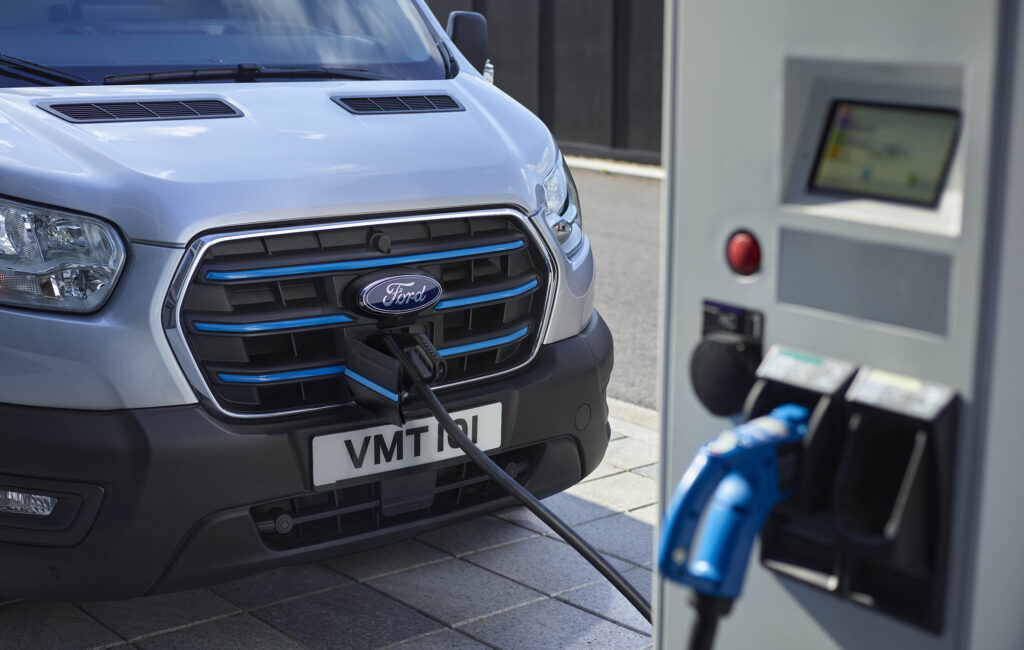
The E-Transit can accept an AC charge of up to 11.3kW, which is enough for a full charge in 8.2 hours.
Faster DC charging can be done at up to 115kW, which allows a 15-80 percent charge in as little as 34 minutes.
No word on pricing, but the E-Transit sells for around 15 percent more than a petrol-powered Transit with a similar body (like many vans, the Transit is available with various roof heights and lengths) in the United States.
Given the Transit 350L starts at $51,590 before on-road costs and assuming the EV premium that seem to hit some EVs here, that would suggest starting prices somewhere around $70,000 in Australia, although there’s no official word from Ford on pricing yet.
Like regular Transits the E-Transit will be covered by a five-year, unlimited kilometre warranty but there is a separate eight-year, 160,000km warranty for the EV battery.

